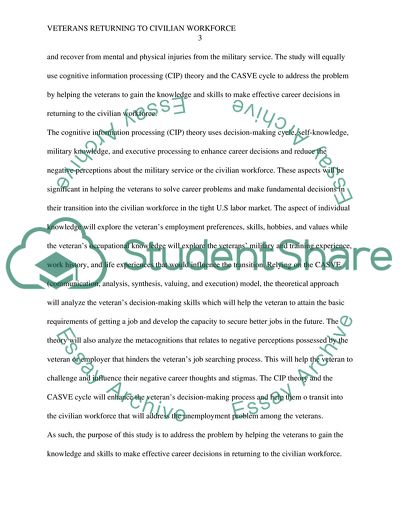Cite this document
(Veterans returing to civilian workforce Thesis Proposal - 1, n.d.)
Veterans returing to civilian workforce Thesis Proposal - 1. https://studentshare.org/human-resources/1834344-veterans-returing-to-civilian-workforce
Veterans returing to civilian workforce Thesis Proposal - 1. https://studentshare.org/human-resources/1834344-veterans-returing-to-civilian-workforce
(Veterans Returing to Civilian Workforce Thesis Proposal - 1)
Veterans Returing to Civilian Workforce Thesis Proposal - 1. https://studentshare.org/human-resources/1834344-veterans-returing-to-civilian-workforce.
Veterans Returing to Civilian Workforce Thesis Proposal - 1. https://studentshare.org/human-resources/1834344-veterans-returing-to-civilian-workforce.
“Veterans Returing to Civilian Workforce Thesis Proposal - 1”. https://studentshare.org/human-resources/1834344-veterans-returing-to-civilian-workforce.


